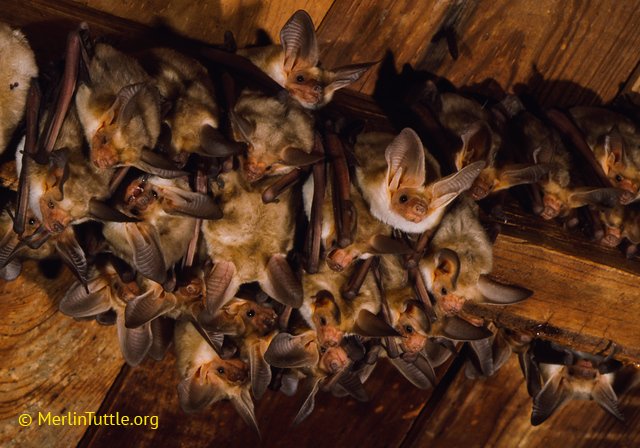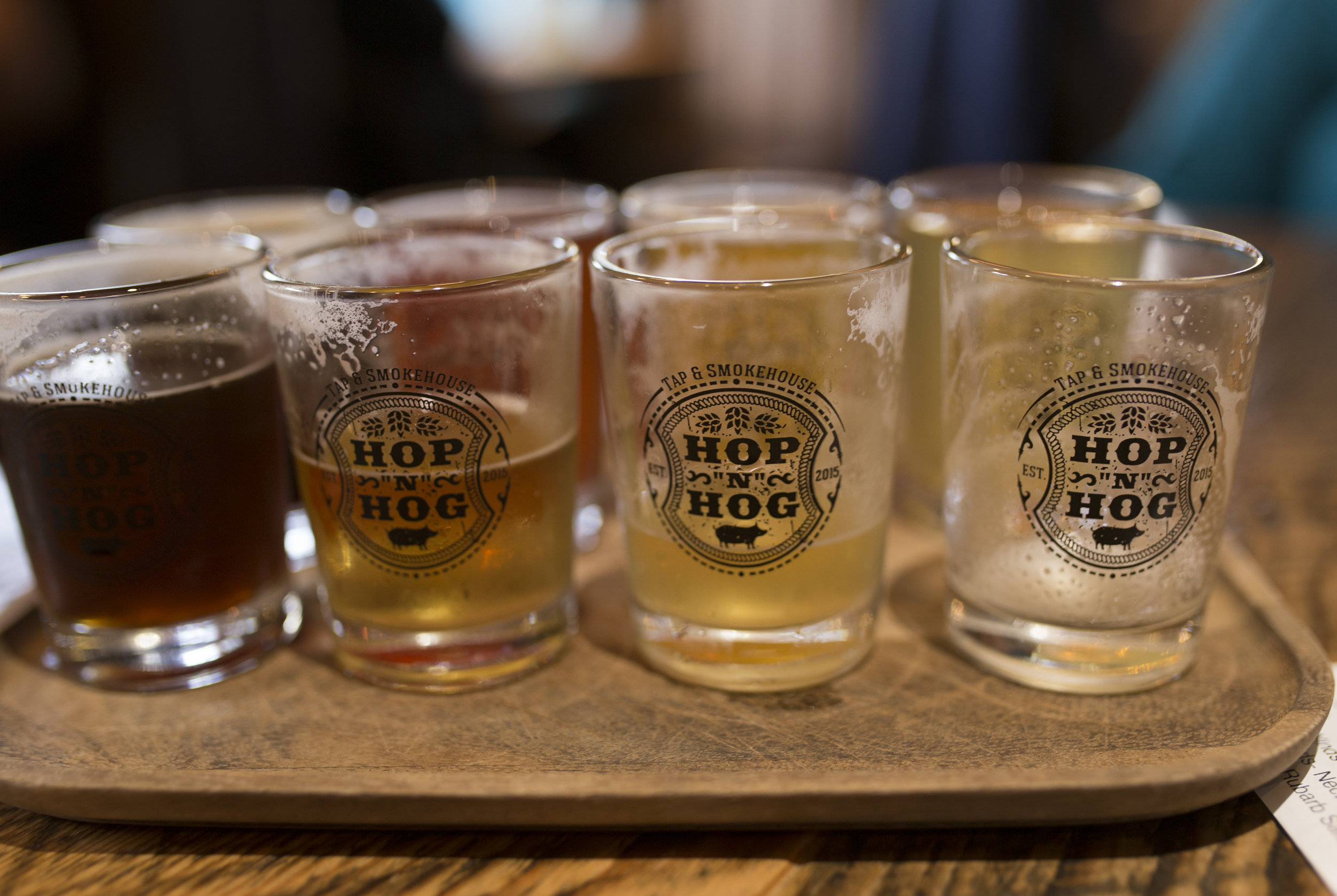Enjoy Bat Encounters in the Okanagan
The dry interior of BC doesn’t just have wine, it also has the highest diversity of bats in all of Canada. It is a paradise for nature lovers who seek out amazing wildlife encounters after dark.
Enjoy the Battiness
The dry interior of BC doesn’t just have wine, it also has the highest diversity of bats in all of Canada. It is a paradise for nature lovers who seek out amazing wildlife encounters after dark. All 14 bat species in the Okanagan eat insects and are affectionately called ‘swallows of the night’ by nature enthusiasts. Their diet includes insects like mosquitoes and agricultural and forestry pests. They provide Canadians with millions of dollars in natural pest control services.
Hibernating Bat - Photo by Eduard Kyslynskyy
Bats are found in natural and urban areas near lakes, ponds, and wetlands throughout the Okanagan. They are amongst our most common wildlife.
While visiting the Okanagan, be sure to visit the lakeshore during the first hour after the sun sets, on warm evenings, and look for bats. Bats drink while in flight by dipping close to the water. It’s one of the first things they do when they wake up at the end of the day.
Photo by Destination BC/Joann Pai
Photo by Indigenous Tourism BC / Indian Grover Riding Stables
In Canada, there are two bat species that are only found in the dry interior of BC. The Spotted bat which is unique, with black and white fur and enormous ears. It is among the rarest bats in arid regions and uses echolocation calls (a form of sonar) that are audible to humans. The Pallid bat, which in Canada is only found in the South Okanagan, eats small insects while flying and often large prey such as scorpions. They appear to be immune to the venom of their prey.
Pallid Bat
Spotted Bat, Photo by Merlin Tuttle©
Along with observing bats along lake and river shorelines, if you are interested in bats and want to learn more about them during your time in Okanagan, visit the Peachland Visitor Centre. The centre is home to a maternity roost of almost 2000 Little Brown Myotis and Yuma bats. Most evenings from June to August, you can participate in a bat count, watching bats emerge from their roost in the attic and counting them as they emerge.
Other batty activities visitors and locals can enjoy are:
Peachland Historic School - Visit the visitor centre to learn about bats. Take a walk along the Bat House Interpretive Trail. See the bat colony via webcams. Count bats as they emerge from the attic roost in the evening. Participate in their summer programs.
Kelowna’s Environmental Education Centre - Located at Mission Creek Regional Park, visit the ‘Bats: Out of the Darkness’ exhibit until mid-July. Sign out a discovery bat pack while there.
Osoyoos Desert Centre - Visit the centre to learn about bats that are unique to the desert.
Vernon’s Allan Brooks Nature Centre - Visit the nature centre to learn about bats. Participate in a summer bat talk and a bat count.
Contact the BC Community Bat Program (www.bcbats.ca) for information on bat counts occurring at SunOka Provincial Park, Okanagan Lake South Provincial Park, and Fintry Provincial Park.
Ask your resort/hotel if they have a bat roost on their property where you can see bats. Remember that bats are wild animals. Keep your distance and never touch a bat. It is illegal to harass or kill a bat in BC.
Participate in Annual Bat Counts (June - August). This involves sitting outside a bat roost and counting bats as they come out for the evening to hunt insects. Learn more at Counting bats - BC BATS
Unfortunately, bats are in trouble, and half of our bat species are listed as ‘at risk’. The majority of BC bats give birth to only one pup per year, and only about half of those young make it through their first winter. All kinds of things affect bats, including habitat loss, wind turbines, persecution by people, and susceptibility to White-Nose syndrome (WNS). WNS is a deadly disease caused by an introduced fungus that decimates bat populations.
Bats are an essential component of our healthy Okanagan ecosystems and provide important control of agriculture and forest insect pests and a natural method of control of mosquito populations. Visitors can help bats by learning more about them and supporting bat conservation. Learn about what to do if you have found a bat by visiting the Bat World Sanctuary resource.
Take the 7 Affrimations for 7 Generations Thompson Okanagan Regional Pledge to commit to caring for the land, animals, like bats, and communities of this region to ensure they continue to be prosperous for generations to come.
BC Community Bat Program (BCCBP)
The BC Community Bat Program is a network of community bat projects across BC, carried out in partnership with the Ministry of Environment. In the Okanagan region, we work with landowners to protect their bat roost sites and use bat-friendly exclusion methods, document the number of known roost sites in human-made structures, promote citizen science such as bat counts to monitor bat populations and White-nose Syndrome surveillance at active bat roosts, train Bat Ambassadors, and work with many partners towards implementation of Bat-friendly Communities.
Disconnecting to Reconnect in Wells Gray Park
Sometimes you need a change in pace, a quiet spot to forget everyday life and soak in nature. Somewhere where there’s no cell service, limited amenities, spotty-to-no-wifi and very little traffic.
No technology, no excess, no stress
Sometimes you need a change in pace, a quiet spot to forget everyday life and soak in nature. Somewhere where there’s no cell service, limited amenities, spotty-to-no-wifi and very little traffic. A place you’re as likely to see wildlife as you are another person. Wells Gray Park, only a few minutes out of Clearwater, BC provides those, while being only a short distance from civilization.
A gem of a park, mostly known for the amazing breadth of waterfalls (39 named, countless others), holds many other secrets. An amazing place for anyone to go, whether you are looking for an adventure or some quiet time away with someone special, there’s something for everyone. There are plenty of beautiful B&Bs to stay at during the fall season, or if you’re well equipped and can brave a little cold, try out one of the campgrounds. We choose to live it up a little and stay in a cozy B&B, the Blue Grouse Country Inn (worth a trip for the breakfast alone, not to mention Regina’s incredible hospitality) right in the middle of the park.
Amenities in the park are limited, so grab some groceries in Clearwater before heading into the park. There are plenty of ways to check out the park aside from driving. There are over 200 km of hiking trails, many great bike trails, endless opportunities to get out on the water (anything from rafting to a slow canoe trip) and even horseback riding! All of these options can help lessen your carbon footprint while visiting.
The park lends itself to opening up to nature - all five senses are touched.
Sight - Put your phone and camera down for a while and use your eyes! Huge vistas, incredible colour palettes and if you’re lucky, amazing wildlife viewing opportunities.
Touch - The coolness of fog, the crunch of frosty grass, the mist running off the falls. Always be respectful of what you are touching - the plants are rugged, but fragile, the animals are accessible but wild, and trails and fences are there for a reason!
Smell - Take a deep breath as often as you can. Leaves decomposing, sweet moss and mushrooms growing in the forests, the occasional waft of late season berries.
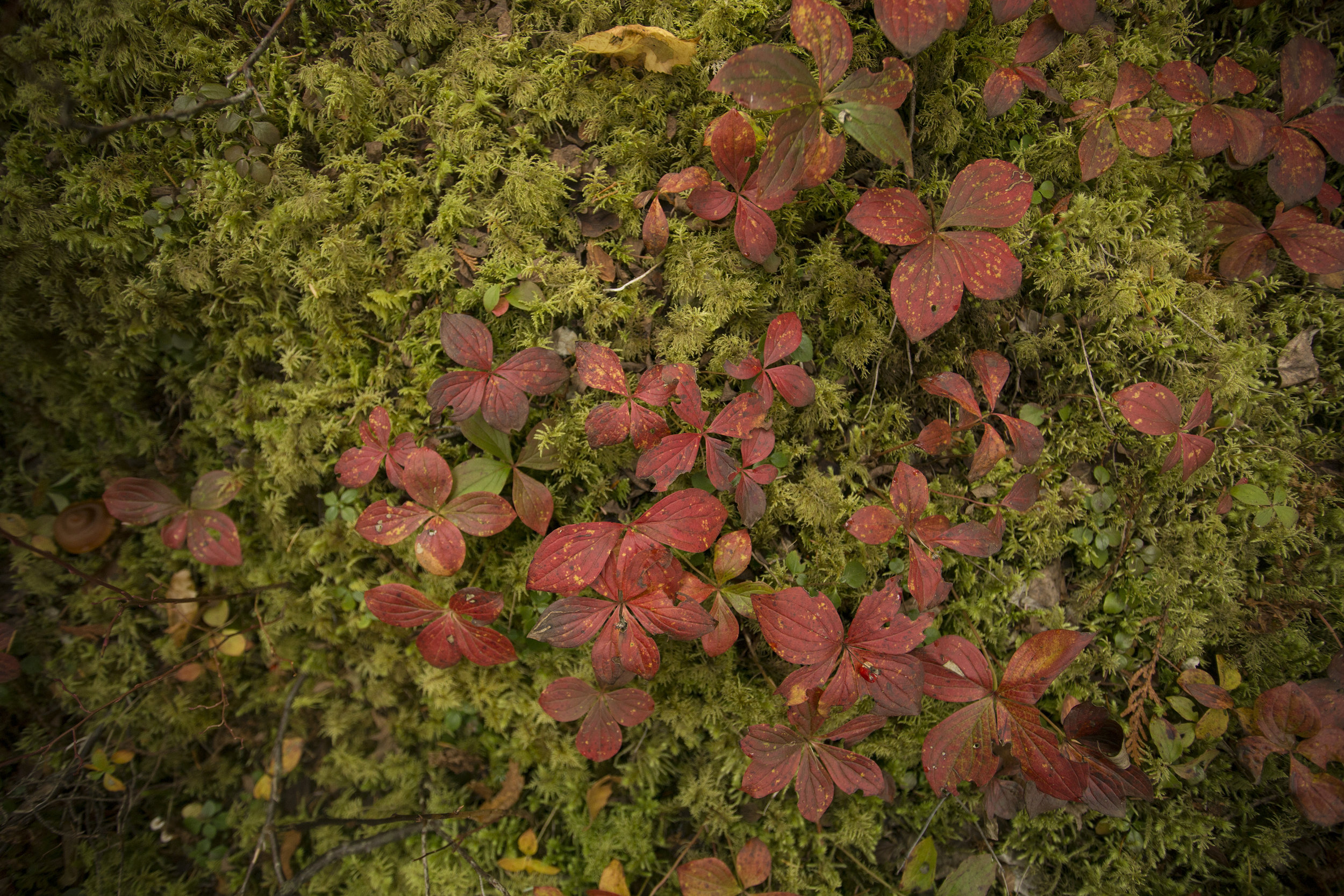
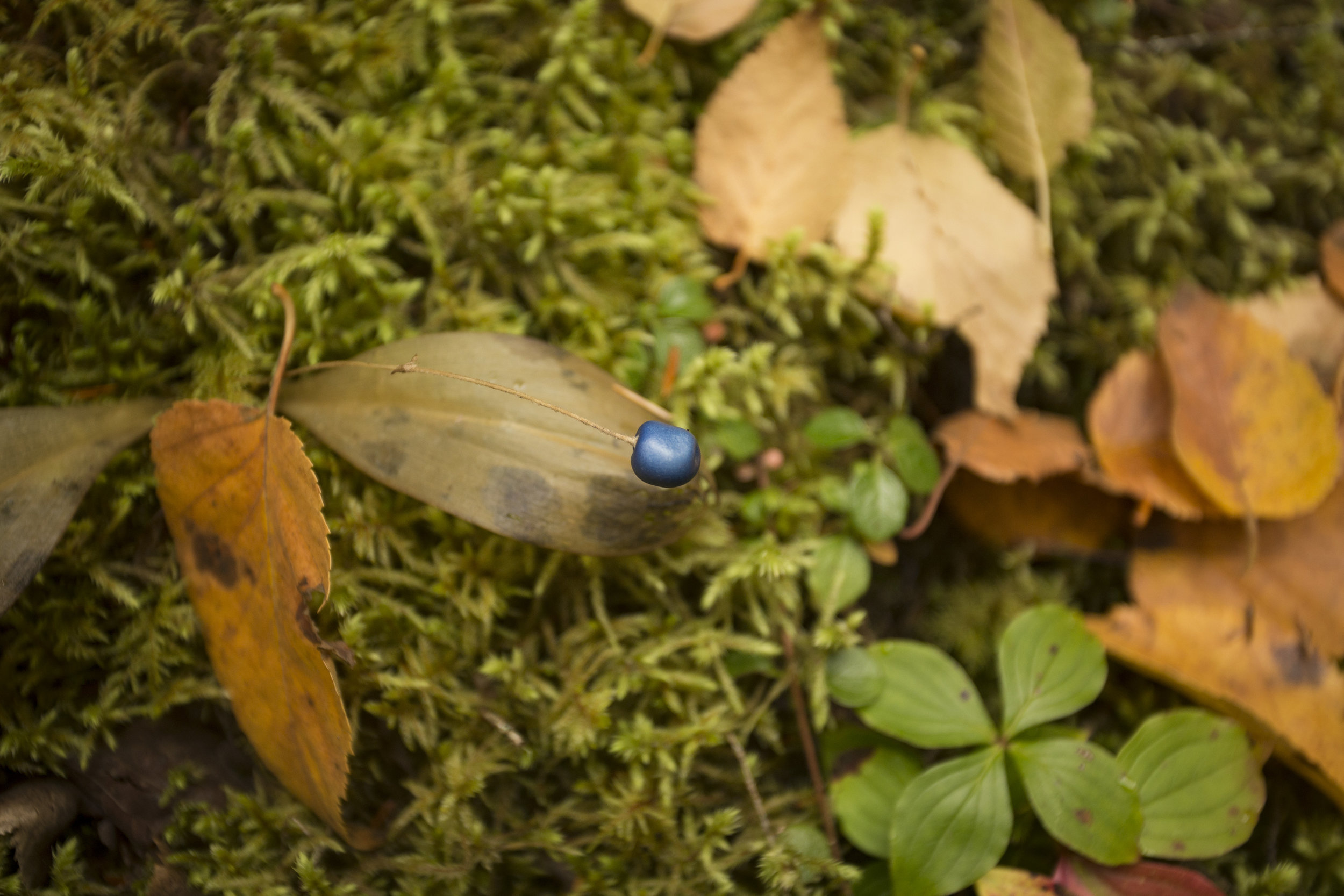
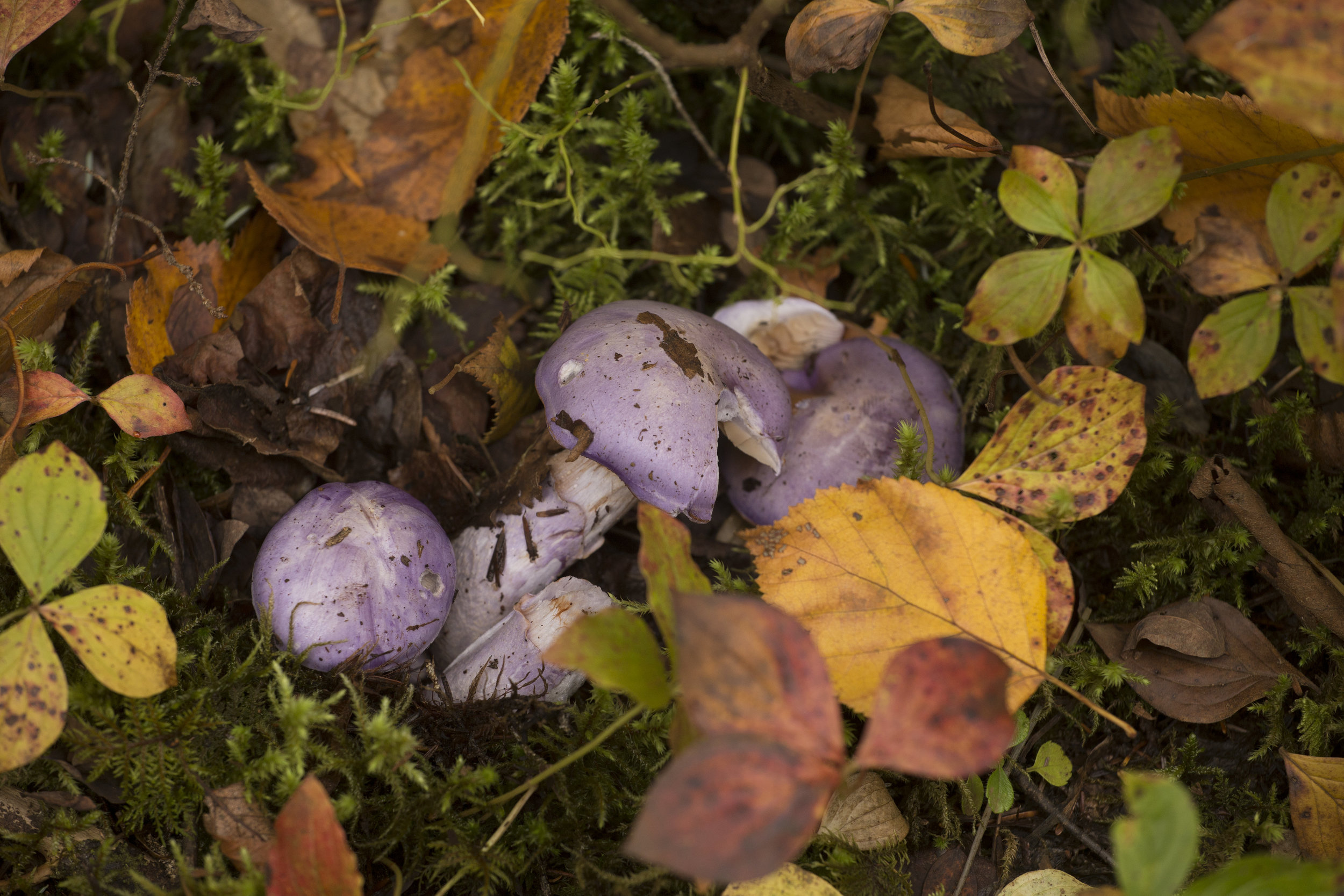
Sound - Don’t just hear; really, really listen. Rustling leaves, the crash of a cascading waterfall, the rush of the river. Absolute quiet in the dark.
Taste - Cool spray from the falls landing on your lips, forests so green you can taste the freshness when you breath in deep. Hop n Hog for dinner.
Come visit Wells Gray. Put your phone away (unless you’re taking photos of course), spend time talking to someone, or just listening to nature. Put your hand in the creek, touch the dewy moss, skip some rocks and breath in deeply. Enjoy unbridled nature. No technology, no excess, no stress. Take nothing but photos, leave nothing but a little piece of your heart.
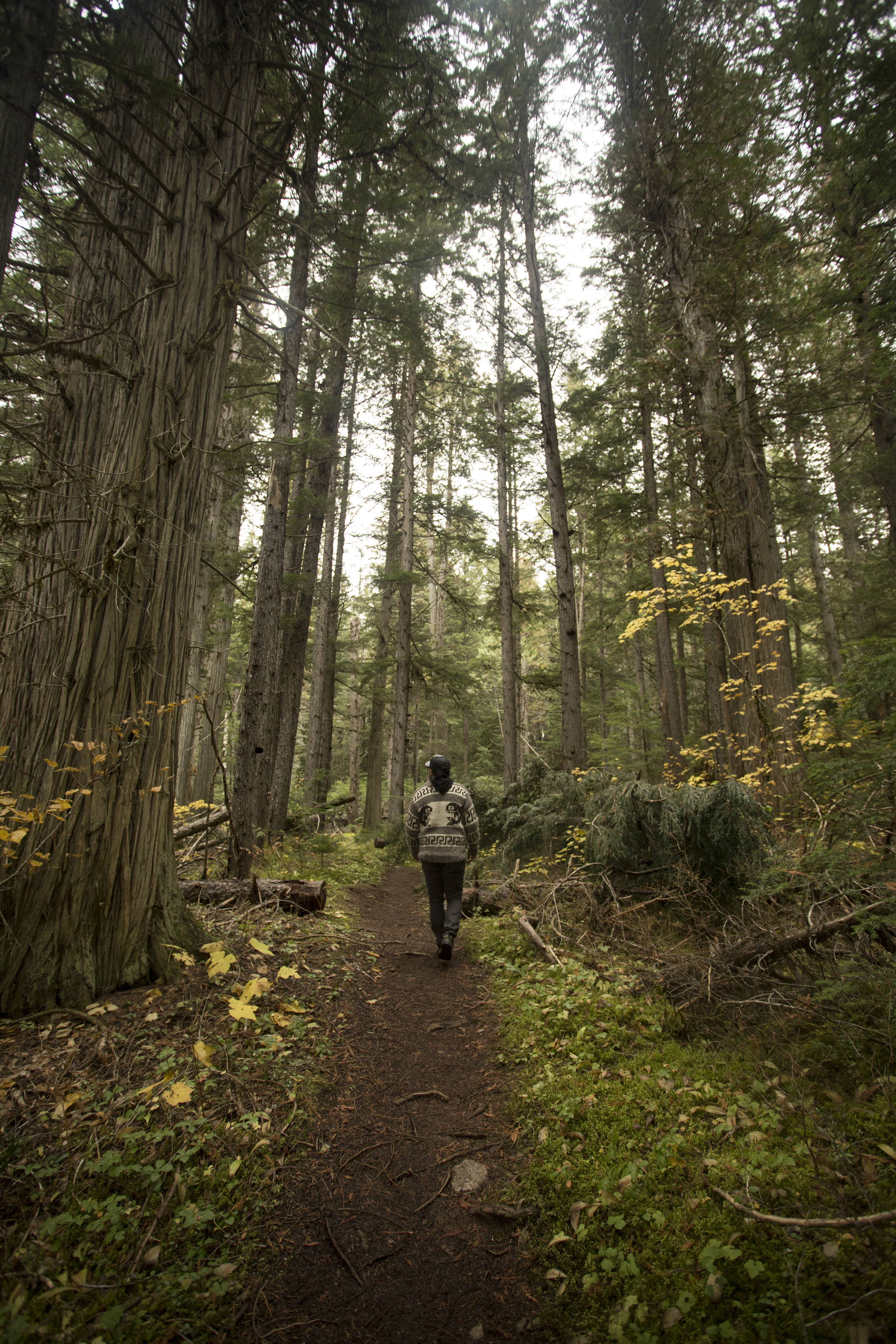
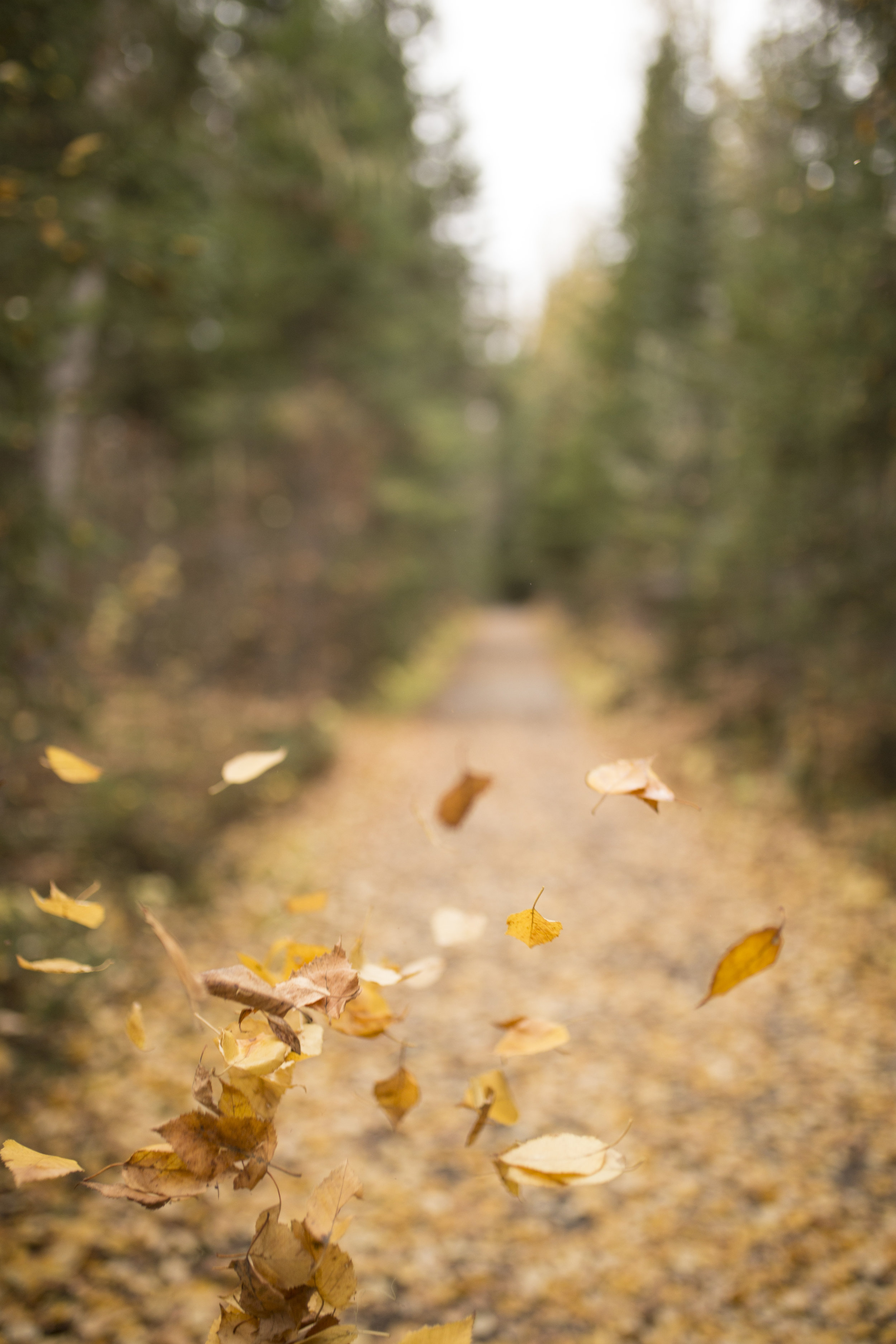
ABOUT THE AUTHOR
Matt Ferguson is a BC born and raised photographer, currently living in Kelowna. When his camera isn't strapped to him, you can usually find him at the beach with his family, skipping rocks or if it's cold enough, strapping on some skates and hitting a frozen pond.
www.mattfphotography.com
IG @mattfphotography
FB Matt Ferguson Photography
Salute to the Sockeye
The Adams River, specifically Tsútswecw Provincial Park (formerly, Roderick Haig-Brown) features one of the largest runs in North America. On a dominant year (like 2018), millions of fish can be observed as they make the long journey home.
A celebration of the importance of sockeye Salmon to the Secwepemc people
Cultural references:
The Adams River sockeye (sqleltenuw̓i)
Secwepemc (pronounced se-hwep-muhc)
People of the Shuswap Lakes and Adams Lake (Cstelen – hiss-tal-in)
Every fall, the typically calm waters of the Adams River turn red as sockeye salmon ‘run’ upstream, back to their birthplaces to spawn.
The Adams River, specifically Tsútswecw Provincial Park (formerly, Roderick Haig-Brown) features one of the largest runs in North America. On a dominant year (like 2018), millions of fish can be observed as they make the long journey home.
The Salmon Run
Salmon spend their early lives in freshwater rivers and lakes. They then swim to the sea where they spend most of their adult lives. Once matured, they swim with impressive precision back to the river in which they were born. Once they have reached these rivers, and sometimes exact grounds, they spawn (lay eggs).
A salmon run is the time of year when these sockeye make a rigorous migration from the pacific ocean to the upper reaches of BC’s rivers. After they spawn, the salmon typically die and the life cycle restarts with a new generation.
‘Dominant’ Runs
Every four years there is what’s called a ‘dominant’ run where the rivers see millions of fish return. 2018 and 2022 are dominant years, which are the best cases to see this impressive natural display.
The Adams River Salmon Society, predicts 7 to 14 million salmon will return to B.C. river systems from the ocean this year.
The Location - Tsútswecw Provincial Park (Roderick Haig-Brown)
Tsútswecw Park is a great place to visit at any time of year, but particularly in early October during the sockeye salmon run. It is known to be one of the best places to see large numbers of fish. Viewing platforms, guided tours and an interpretive centre ensure that visitors are welcomed and informed.
Tsútswecw Park is located in the Thompson Okanagan’s Shuswap region. The Shuswap region is known for beautiful lakes, waterways and lush forest - a mecca for recreational activities and tourists.
Park Hours: 9AM – 4PM
Find more specific details on the park (including maps and access) here.
The salmon run is a phenomenon that happens all over BC’s interior in the fall. While Tsútswecw Provincial Park is famous for its volume, there are other places to observe the salmon like Kelowna’s Mission Creek.
The Salute to the Sockeye Festival
Coinciding with dominant years, the Adams River Salmon Society hosts Salute to the Sockeye, a festival celebrating the salmon that have made the 500 km journey from the pacific ocean.
This year’s festival takes place at Tsútswecw Park from September 28th to October 21st.
For further event schedule and details, visit the Adams River Salmon Society.
Admission:
Entrance fees are collected during the festival by the Adams River Salmon Society and cover the costs of added services during this peak time.
$5.00 per private vehicle
$2.00 per person for a commercial van (10 to 20 passenger capacity)
$60.00 per bus (21 to 40 passenger capacity)
$75.00 per bus (41+ passenger capacity)
Salute Pass – available to The Adams River Salmon Society members only (visit the Reception/Membership desk in the souvenir tent for more information)
The Cultural Significance
Secwepemc (pronounced se-hwep-muhc) people have lived in South-Central B.C. for thousands of years. The Adams River sockeye (sqleltenuw̓i) have played a longstanding and important role in their lives.
This relationship between the Secwepemc people and salmon has been based on the core value of k̓wseltktnews - the idea that we are all related. This relationship ensured that the salmon were preserved and respected by emphasizing an interconnection between all living things.
Roderick Haig-Brown Provincial Park has recently been renamed to Tsútswecw Park. The Secwepemc word “Tsútswecw” (pronounced choo-chwek) translates to ‘many rivers’. A naming ceremony will be held as part of the Salute to the Sockeye Festival opening ceremonies on September 30, 2018.
To learn more about the Secwepemc relationship to the salmon and the modern pressures that these sockeye are facing, visit the Adams River Salmon Society.
To experience the Secwepemc culture, including a traditional winter home, canoe experiences, berry picking, visit Quaaout Lodge near Chase - just a short drive from Tsútswecw Park.
What to Know Before You Go
Please note that this is a popular event that draws a crowd. Please be cognizant of posted signs to ensure that the environmental impact on this natural space is minimized.
If you do bring your dog, ensure that they are on a leash and do not go into the water, this can be very disruptive for the salmon.
Plan your accommodation ahead of time. There is no camping available in Tsútswecw Park, but the towns of Chase and Sorrento are located just a short drive away.
How to get there
The park straddles the Adams River, between Adams Lake and Shuswap Lake. Access is off the Trans Canada Hwy (Hwy #1), 45 minutes east of Kamloops. Turn onto the Squilax-Anglemont Hwy and follow signs to the park.
Have a safe trip and feel free to reach out to @ThompsonOkanagan or @shuswap.tourism on social media if you have any questions.
ABOUT THE AUTHOR
Meghan Reading is a Canadian travel photographer. She grew up in the rocky mountains of Alberta but now calls British Columbia home. While she looks forward to continuing to explore the world with her camera, her favourite destination will always be her own backyard.

